St. Mary's Church, Whitby
OS grid reference:- NZ 893 109
The parish church of St. Mary stands in a dramatic position high on Whitby's East Cliff, from where it overlooks the town and the mouth of the River Esk below. A flight of 199 steps lead up the hill to the church and Whitby Abbey from the streets below. The church was founded in Norman times but has been much altered since then.
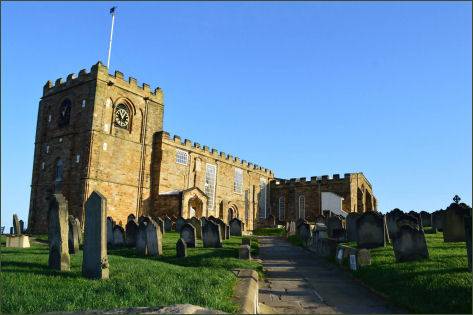
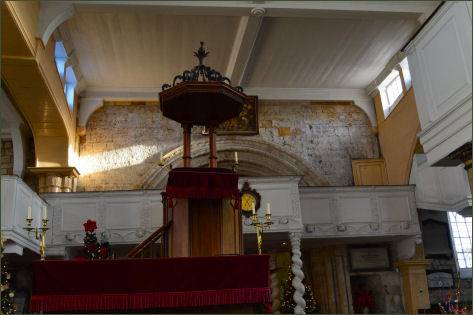
The churchyard's dramatic position is said to have fired the active imagination of Bram Stoker and inspired him to write his world famous Gothic novel, Dracula:-
'For a moment or two I could see nothing, as the shadow of a cloud obscured St. Mary's Church. Then as the cloud passed I could see the ruins of the Abbey coming into view; and as the edge of a narrow band of light as sharp as a sword-cut moved along, the church and churchyard became gradually visible... It seemed to me as though something dark stood behind the seat where the white figure shone, and bent over it. What it was, whether man or beast, I could not tell.'
Stoker stayed at the Royal Hotel on the western side of Whitby while writing his Gothic masterpiece, he came up with the idea of Count Dracula while reading a history book at Whitby library, and made St Mary's part of the story after watching bats circling the building. In one scene, the Count appears in the church cemetery with one his victims.
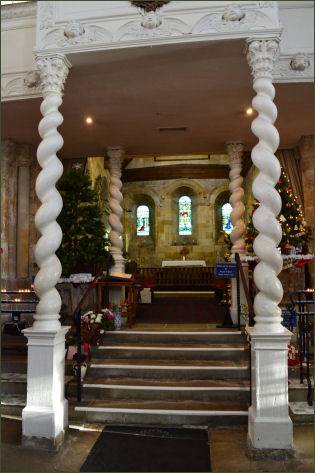
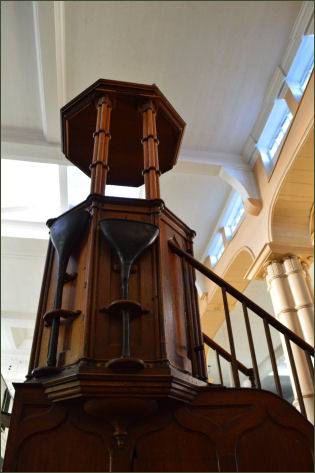
The quire is one of the oldest parts of the building, it has three round-headed windows at its east end. The side walls originally had three bays with similar windows but have been altered. The tower and transepts date from the twelfth and thirtenth centuries, although its interior dates chiefly from the late eighteenth century. The nave and transept have galleries which date from the eighteenth and nineteenth centuries, which are accessed by internal and external staircases. The building is noteable for its unusual triple decker pulpit, and Elizabethan communion table. The church's eighteenth century box pews have survived, some of these are inscribed, "For Strangers Only", these were made by ship's carpenters from Whitby's once large whaling fleet.
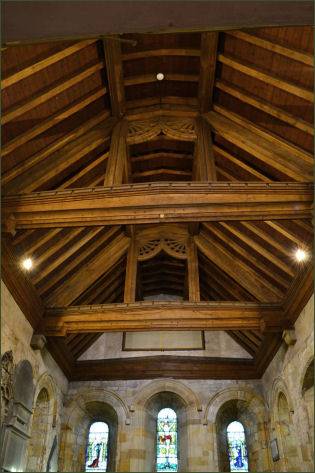
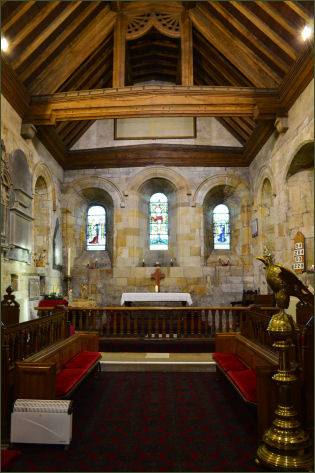
Two land slips caused by damaged drainage and torrential rain, the first of which occurred in November 2012, have placed the churchyard, and buildings below the cliff in jeopardy, the church building itself is built on solid rock and therefore iis not considered to be in danger.
